How to list your education on your CV
Your education is an important part of your history. How should you feature your education on your CV effectively?
Your education is an important part of your history. How should you feature your education on your CV effectively?
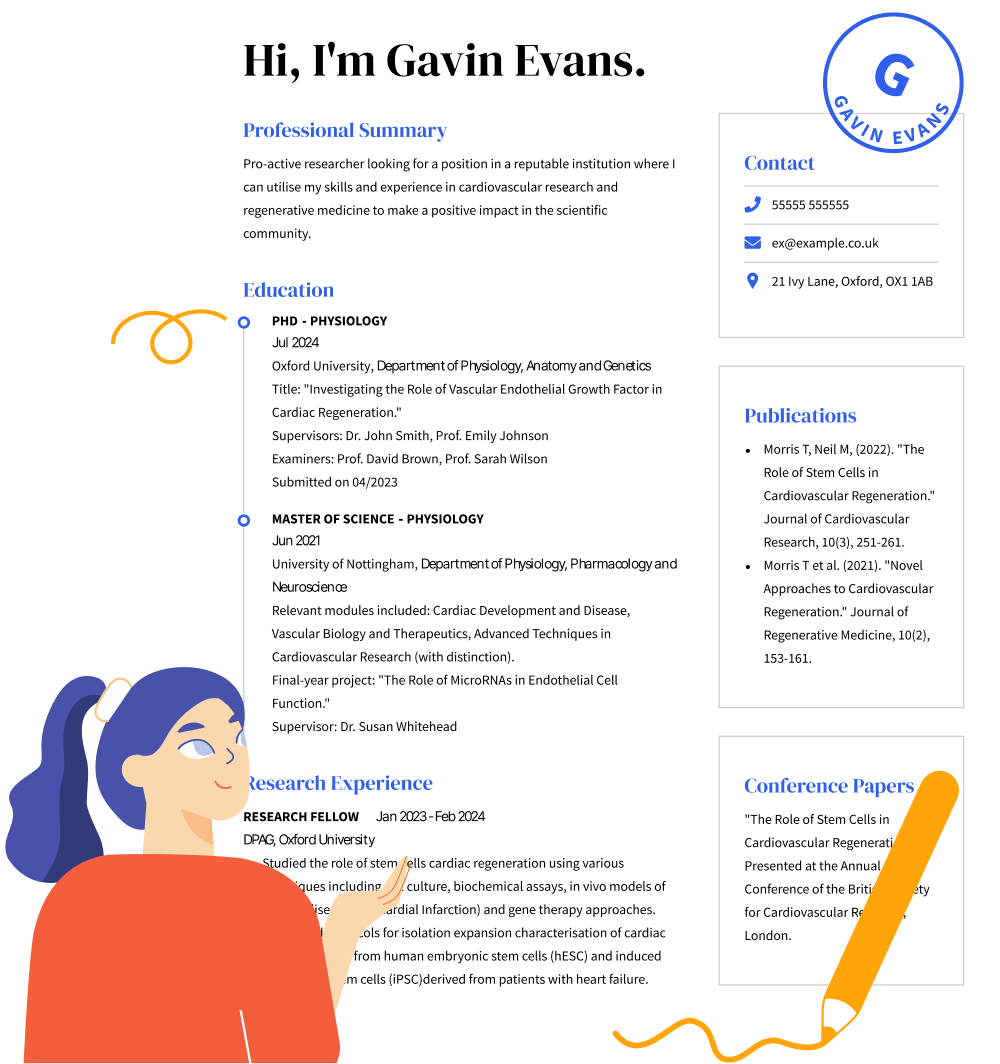
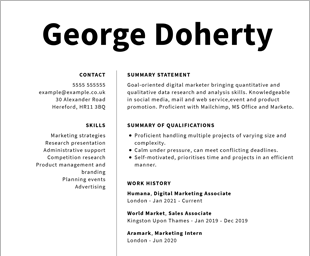
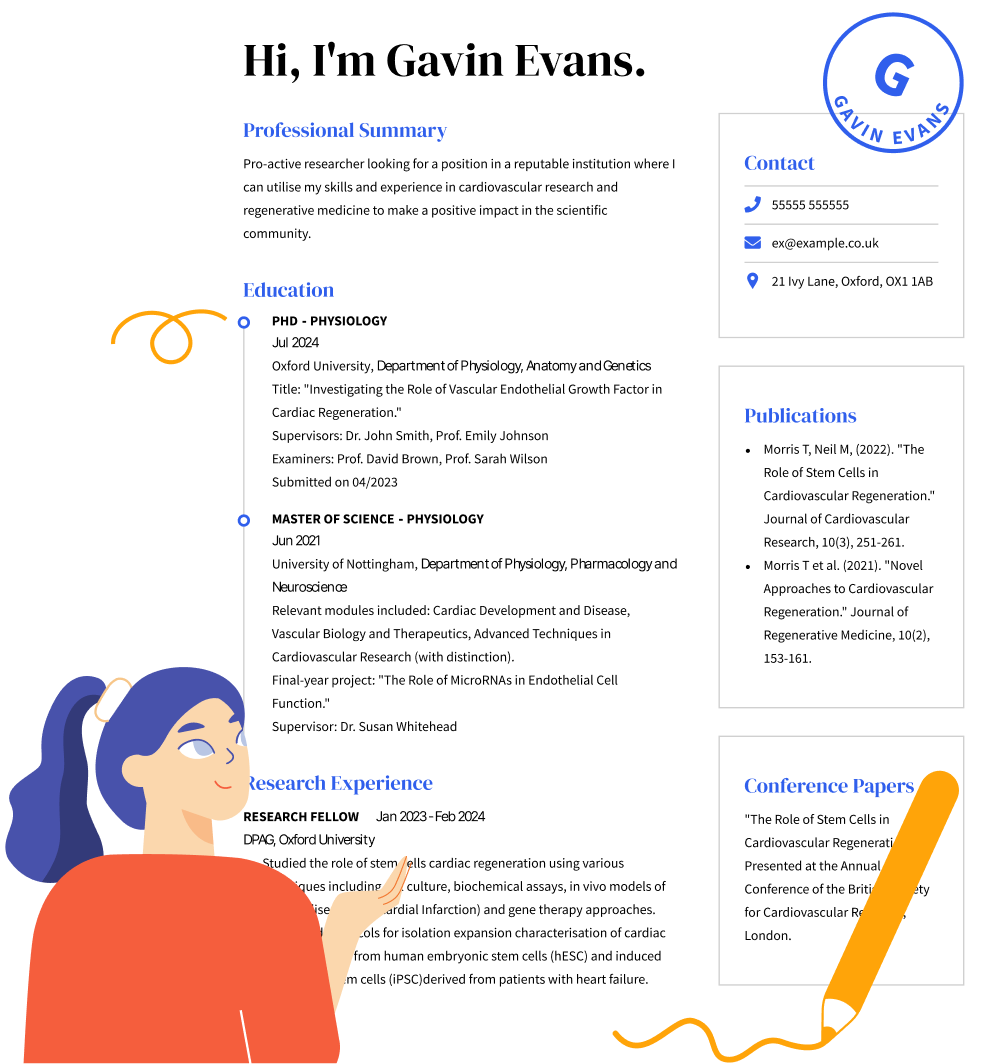
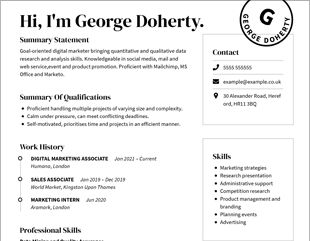
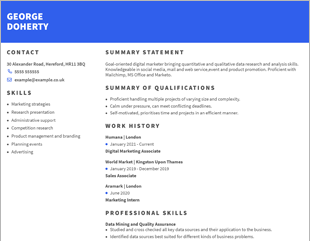
OUR USERS HAVE BEEN HIRED BY
Whether you’re an experienced professional, a recent graduate or currently in school, highlighting your educational background is a great way to prove you have the skills necessary for a job. How do you list education on a CV in a way that benefits your job search? Here’s what you need to know about adding education to strengthen your relevant work experience.
Absolutely. The education section of your CV gives more information to recruiters about what you’ve done in your life, whether you have a GED or graduated with a bachelor’s degree. Your fields of study, awards and honours, and any special coursework under your belt can help qualify you for the position you’re applying to.
When filling out your CV education section, ensure you’re adding it in the proper CV format. Typically, you’ll want to include all of these bullet points in an education section on your CV:
What might this look like? Here are a few CV examples for different situations.
Someone who has only graduated high school will want to include their high school education on their CV, although this typically isn’t recommended for those with higher education. To list your high school graduation, you would want to format it something like this:
High School Diploma
What if you graduated from college? Your college experience might look like this:
Bachelor’s Degree
Note how both of these last two examples are for people who hold a bachelor’s degree, but they cite them slightly differently. Both formats are fine because they give important information about what you did as a college student. However, you should make sure all your education information looks the same. If you’re using a CV builder, the builder will typically have a default presentation to help with CV writing.
Job seekers who want to make sure their CV looks great need to know how to make their education shine. Here are a few tips you can use to make sure your CV looks professional:
Your education is meant to show you have some years of experience, even if those years of experience were largely spent in school. More importantly, including education information will help your CV pass applicant tracking systems (ATS) that read your CV and get it to the hiring manager.
Extracurricular activities are an important part of a CV. If you did any extracurricular activities, you could include them in your work experience section, your education section or in their own “extracurricular activities” section. The difference often lies in whether they were closer to a job or closer to a short after-school experience. If you volunteered for an organization, it probably belongs in the work experience section; if you were in the student council, it likely belongs in an extracurricular activities section.
Even if your college major doesn’t directly apply to the job title that you’re seeking, you should still include it on your CV. It shows you care enough to get through a college experience, which isn’t true of all people. Make sure you highlight as many transferable skills as possible to showcase how your college experience can add to your job application. Including information like certifications can help you bolster the inclusion of your college education on your CV, even if the major doesn’t relate to your current job search.
Whether you’re still in college or you’ve since dropped out, you can put an unfinished college degree on your CV. State how many credits you’ve completed and toward what major. If you’re still enrolled, also include your anticipated graduation date. If you’re not enrolled, make sure you’re prepared to discuss why you dropped out and whether you might be interested in returning at some point.
We personalize your experience.
We use cookies in our website to ensure we give you the best experience, get to know our users and deliver better marketing. For this purpose, we may share the information collected with third parties. By clicking “Allow cookies” you give us your consent to use all cookies. If you prefer to manage your cookies click on the “Manage cookies” link below.